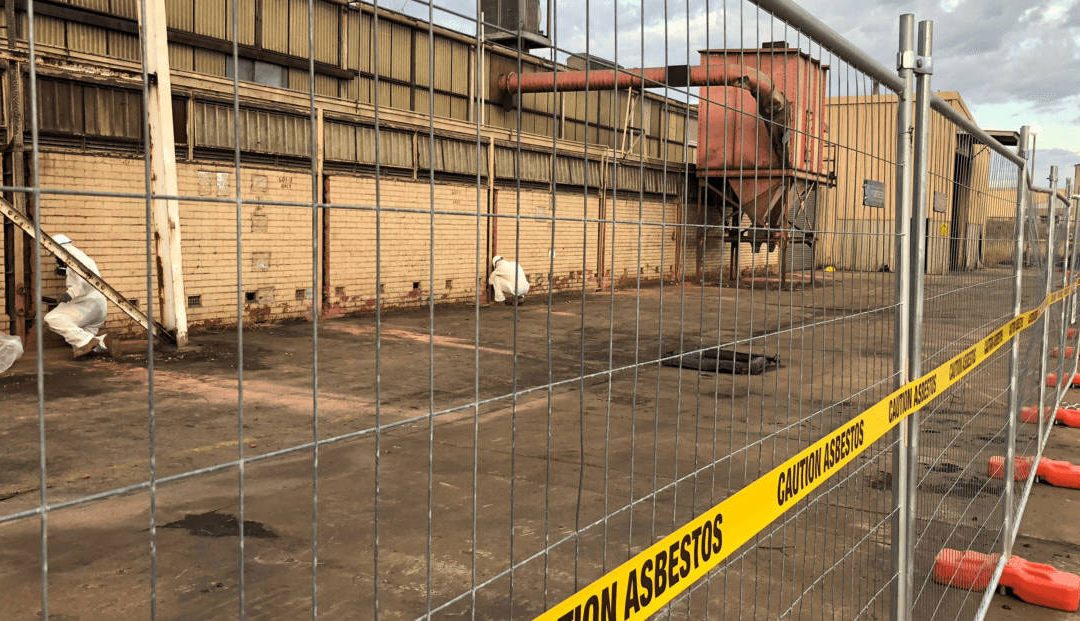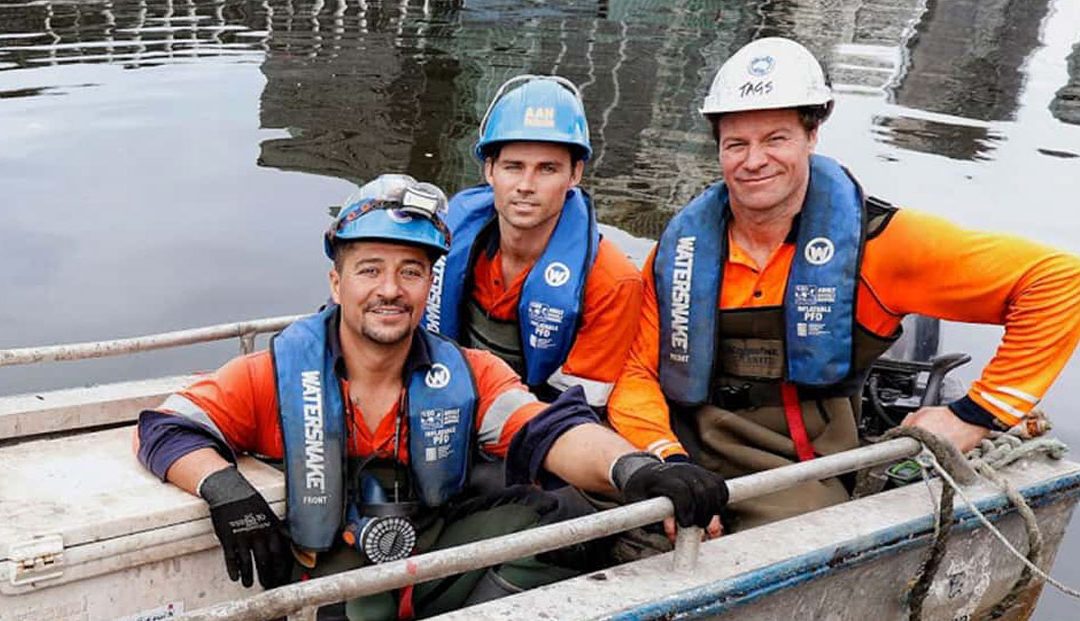Determining whether or not your worksite has asbestos is one of the most difficult and important tasks to do before any work commences.
Judging by appearance alone is never recommended, and it is always advisable to treat the worksite as if there is asbestos present and take appropriate action and precautions until its presence or lack of is confirmed.
As your first step, before looking to undertake any further works on the site, it is advised to have an experienced professional collect the asbestos sample (such as an occupational hygienist) and conduct an asbestos identification test.
If any friable asbestos material is found from the test, then it must be handled and removed by a licenced Class A Asbestos Removalist like AAH Contracting.
How Do I Know If A Commercial Property Has Asbestos?
In Australia, commercial properties must have an Asbestos register. An asbestos register is a document that outlines the occupational health and safety duties of employers, or people in control of a building, who need to maintain and update the register when asbestos has been identified in the building.
The Asbestos Register must be reviewed before any refurbishment or demolition works commence and must include information such as location, type, condition, disturbance potential if the asbestos and whether the asbestos is friable or non-friable.
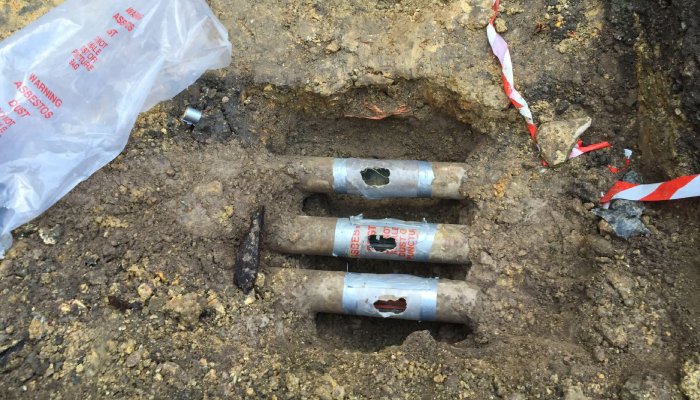
How Likely Is It For Asbestos To Be On The Property?
There are a few rules to keep in mind which will help better predict if asbestos is present:
- Built before the mid-1980s – highly likely has asbestos containing products
- Built after mid 1980’s – less likely but still possible that it has asbestos
Common Places Asbestos Is Found On a Worksite
The ‘finding and identifying’ asbestos tool created by Asbestos Victoria is a great resource in getting started when looking for asbestos in common areas on a worksite. Listed below are key areas to look for as recommended by Asbestos Victoria and ones that we come into contact with regularly:
| Area | Material Type |
|---|---|
|
|
|
|
|
|
|
|
|
|
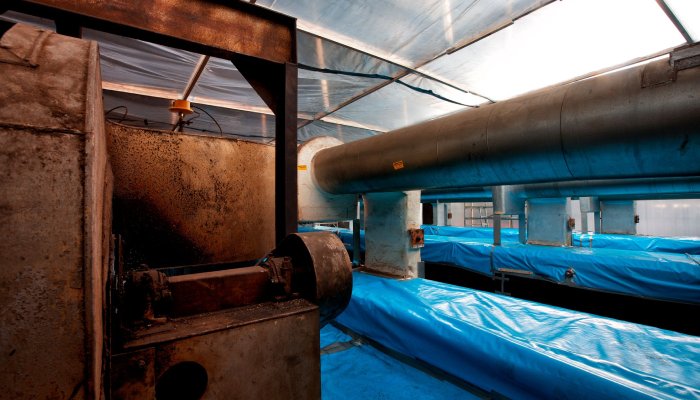
Worksite Classifications – Domestic Vs Commercial
Domestic
Depending on the age of the property and the homeowner or occupier, there may be some instances where the owner might not be aware of asbestos and will unlikely have an asbestos register.
For self-employed tradespeople working at a residential property, there is still a general duty to look at eliminating or controlling the exposure of asbestos when looking to undertake and complete the scheduled works on the property.
In cases of demolition or refurbishment work, the rules will change. The site is then considered and becomes your workplace. When this occurs, you then have a responsibility to identify asbestos under your management or control what is likely to be disrupted as a result of the works that look to be carried out.
Commercial
For works that are to be carried out on a commercial property, several important processes must be followed. The person who manages or controls the workplace must review the asbestos register and revise the asbestos register if it is inadequate having regard to the proposed demolition or refurbishment work.
The asbestos register may be inadequate with regards to information on areas that were previously inaccessible and are now likely to be disturbed. Once the register has been reviewed, if necessary, a Division 6 hazardous materials assessment must be undertaken.
Following this, if any asbestos is likely to be disturbed as part of the planned refurbishment or demolition works then it must be removed by a licensed asbestos removal contractor.
Management or the person who controls the workplace is responsible for informing relevant stakeholders about the risk and exposure to airborne fibres around the property.
Why Was Asbestos Chosen By Builders?
Due to being such a versatile material and easy to mix with other building materials, asbestos was favoured by the building industry for decades. It was cheap, strong, great for insulation, and has a high resistance to chemicals, heat and harsh weather. It also made for excellent sound proofing and is resistant to water and electricity.
When Was Asbestos Banned?
In the 1980s, asbestos material had begun phasing out in favour of asbestos free building materials. However, asbestos wasn’t fully banned in Australia until the 31st of December, 2003. The ban makes it illegal to import, store, supply, sell, install or use any form of asbestos material.
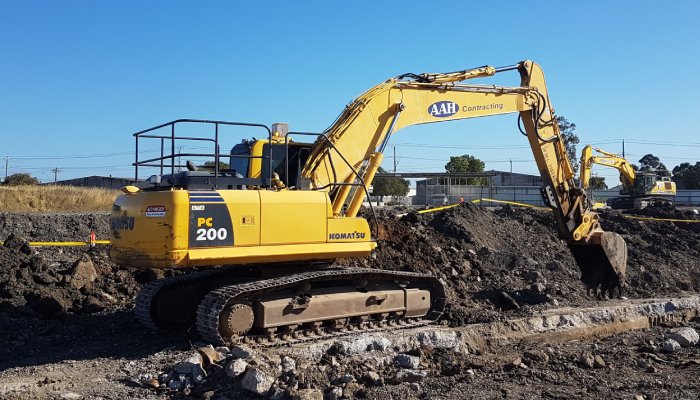
When Does Asbestos Become A Health Risk?
Asbestos becomes a health risk when the fibres become airborne which is usually a result of the asbestos being disturbed. As the body cannot break down the fibres and because the particles are so small, it gets trapped in the airways and can cause a number of diseases including mesothelioma, lung cancer, pleural disease and asbestosis.
The most common way that asbestos fibres become airborne is when the asbestos material is damaged, broken, cut, drilled, sawn sanded, scraped or disturbed during demolition. A good starting point to get an idea if your worksite has asbestos is to check out the Asbestos Awareness database on common products that previously used asbestos.
Think You Might Have Asbestos On Your Worksite?
Get in touch with our team of experienced asbestos removal specialists on 03 9729 0066 or email us at info@aahcontracting.com.au to discuss your worksite project and any potential concerns you may have about asbestos being present. Our team is happy to help in any way we can, making sure the safest and most cost effective measures are in place.
Enquire Today!
Fill out the form below and let us know about your project. One of our experienced asbetsos removal specialists will be in touch shortly.
Error: Contact form not found.

